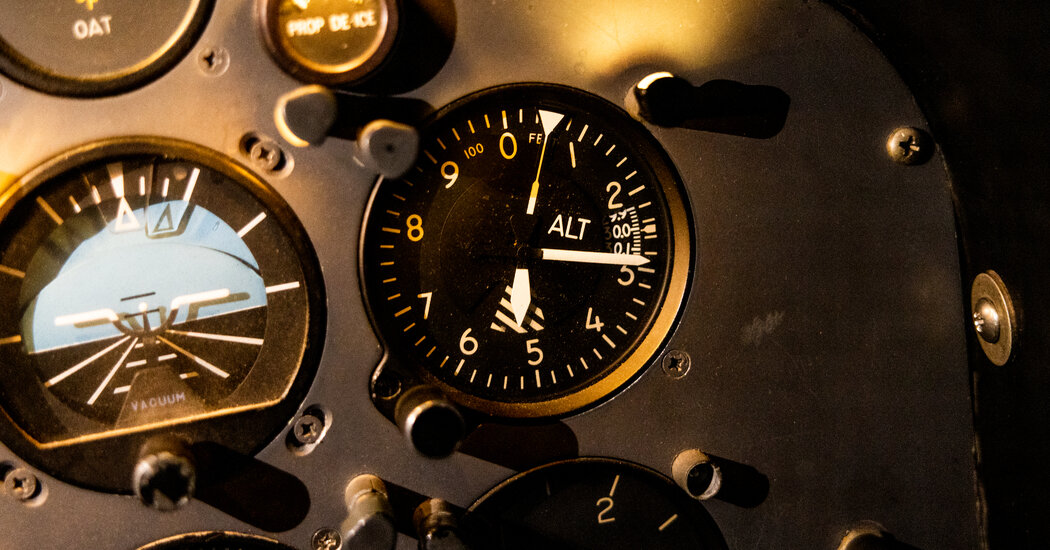Still, wireless experts, including some officials at the F.C.C. like Brendan Carr, a Republican member of the commission, dismiss the warnings from th
Still, wireless experts, including some officials at the F.C.C. like Brendan Carr, a Republican member of the commission, dismiss the warnings from the F.A.A. and airlines, arguing that 5G interference does not pose a safety risk.
What happens now?
Ms. Furchtgott-Roth, who teaches transportation economics at George Washington University, said to fully resolve the issue each plane model has to be tested. “Can’t say the newer ones are going to work and the older ones are not going to work,” Ms. Furchtgott-Roth said. “In some cases, it’s the opposite.” The F.A.A. says it has already cleared 62 percent of the commercial fleet in the United States.
The airline industry has been working on new standards for radio altimeters that would address the 5G interference and other issues. But those standards are not scheduled to be released until October and would only apply to new altimeters. The F.A.A. in the past week has approved five models of altimeters as 5G compliant, but the approvals are based on the combination of altimeter and plane model, and no altimeters have been approved for use in 787s.
“The most likely solution is swap out the altimeters,” Mr. Lemme, the former Boeing engineer, said, adding that could take years.
Upgrading altimeters could cost billions of dollars. Airlines do not want to bear that burden and neither do the wireless companies.
In his Brookings Institution piece, Mr. Wheeler, the former F.C.C. chair, outlined three sources of potential funding: the government could spend some of the $82 billion it received from selling 5G frequencies to the wireless companies; the wireless industry could be forced to pay additional fees for use of those frequencies; or the aviation industry could be forced to pay for the upgrades because it has long known that 5G was coming.
A more immediate solution would be to make permanent the temporary limits AT&T and Verizon have placed on their 5G networks near airports. Or the companies could reduce the strength of the 5G signals near airports, or redirect antennas in ways that limit or eliminate their impact on planes. These options would probably make 5G networks less useful in those areas, and potentially not available for those who live within the buffer zones of certain airports.
Any solution will have to be negotiated between the airlines and the F.A.A. on one side and wireless companies and the F.C.C. on the other. But the two camps view the problem so differently that reaching agreement could be difficult, said Harold Feld, a senior vice president at Public Knowledge, a research and advocacy group that has received funding from AT&T and Verizon. “The assumptions for how altimeters and 5G towers are going to interact in the real world from each side are radically different.”
www.nytimes.com
